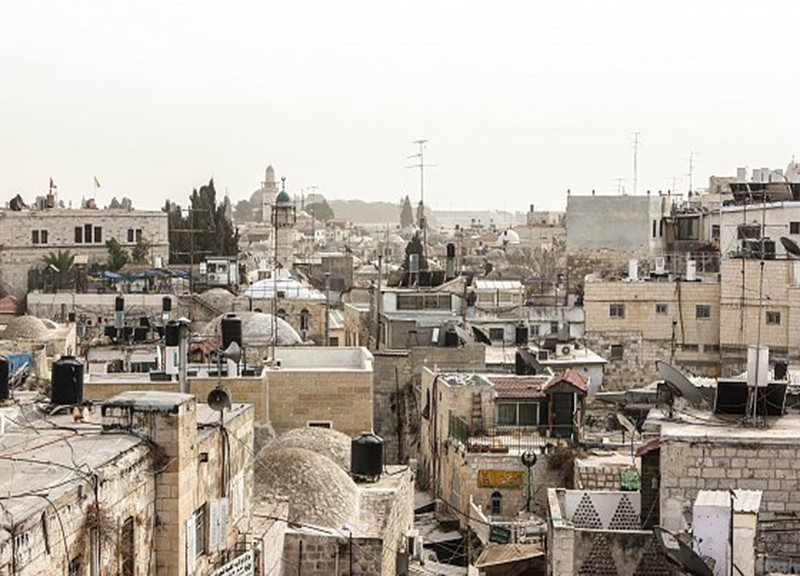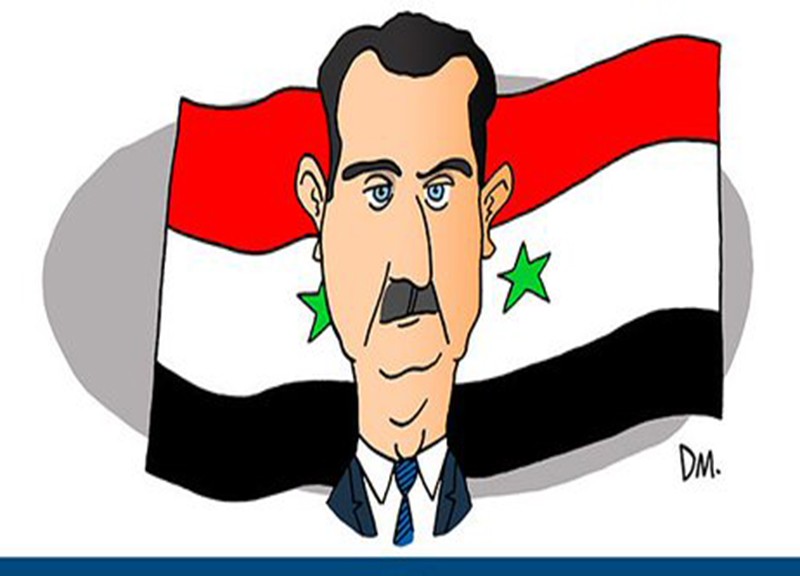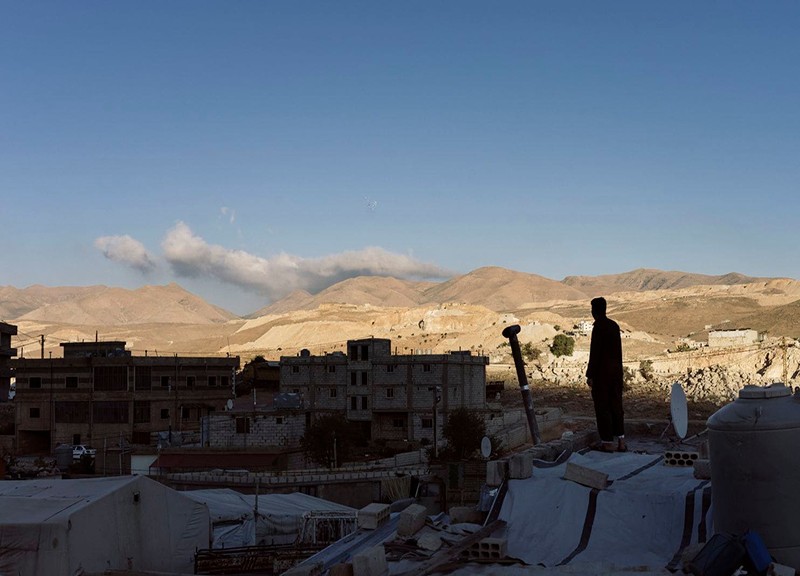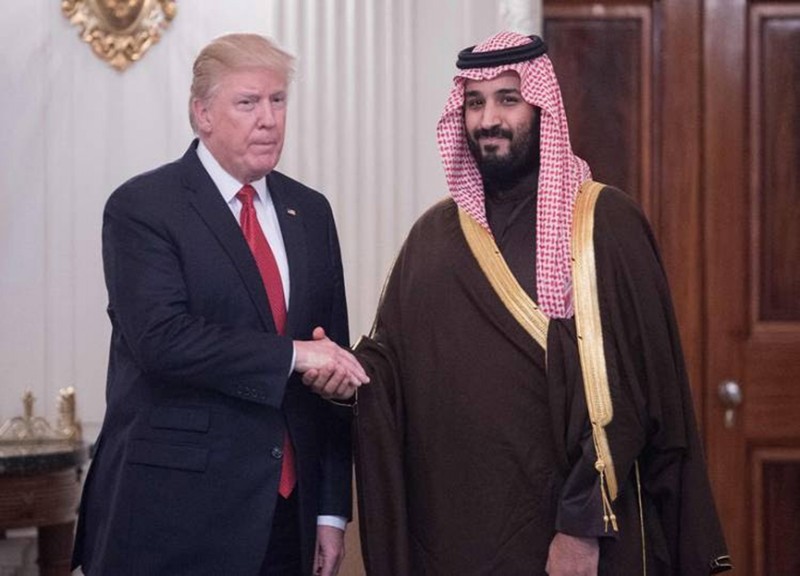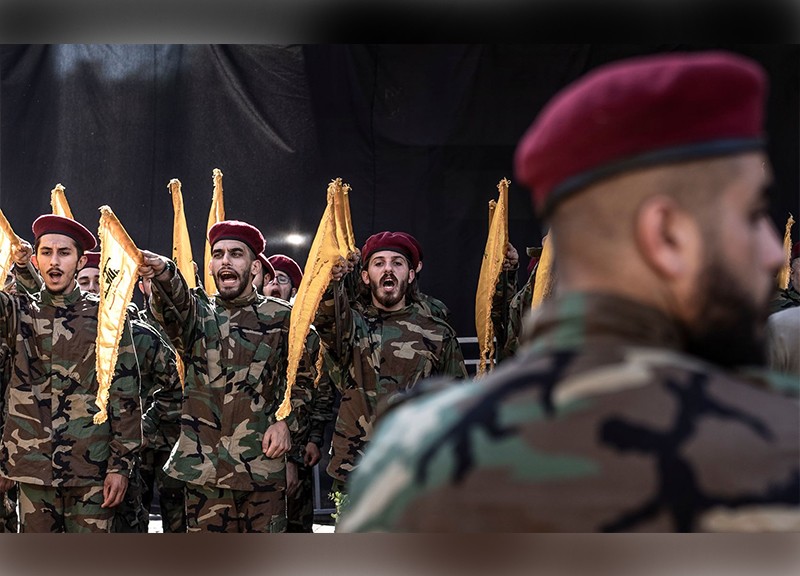
Unpredictable allied militias and weak air defenses mean Iran must walk a fine line if it wants to avoid an attack on its own territory
By Benoit Faucon, WSJ
Iran projects power through allied militias that it influences with money and weapons. But as the region is on the brink of a wider conflict, the degree to which it can rely on its partners will be tested as never before.
Isolated and subject to international sanctions, Iran has aimed to exert influence by building up a coalition of militias ideologically aligned with Tehran's anti-Western agenda, and designing low-cost missiles and drones to make up for its limited air defenses. These allied militias fight directly against Israel, the U.S. and other Western interests, allowing Iran to avoid direct responsibility that would encourage a response targeting its own soil.
But cracks are beginning to show in the strategy.
Iran blamed an attack that killed Hamas leader Ismail Haniyeh in Tehran on Israel, and its vow to retaliate has the region on edge. It was Israel's second direct attack on Iran this year-the first targeted an air-defense system near a nuclear facility in Isfahan after Iran sent more than 300 missiles and drones into Israel in mid-April.
Now, as Iran weighs its response to Haniyeh's killing, it must figure out how to hit Israel enough to establish deterrence without encouraging a reprisal on Iranian soil. The varied interests of allied militias - including in Lebanon, Iraq, Syria and Yemen - could complicate things.
"Iran's doctrine is premised on pushing insecurity away from its borders, aiming for violence to remain contained, bleeding out its adversaries but avoiding all-out war," said Thomas Juneau, an Iran-focused professor at the Graduate School of Public and International Affairs at the University of Ottawa.
An attack on Iran proper could cause significant damage, as Tehran has struggled to demonstrate its defenses can respond to a break into its air-space. In January, after Tehran struck jihadist targets in Pakistan, Islamabad responded with an airstrike of its own on Iran's border areas. Then came Israel's attack on Isfahan in April.
Most of Iran's combat aircraft and air-defense systems were bought in the 1970s, according to the U.S. Defense Intelligence Agency.
"Most of [Iran's] combat aircraft and their weapons are obsolescent," said Douglas Barrie, a senior fellow for military aerospace at the International Institute for Strategic Studies in London. Moreover, "given the large area of the country, providing complete air defense of all potential targets isn't possible."
In 2016, Iran bought a small number of Russia's S-300 defense systems, its first capability to defend against a modern air force. But even that seems insufficient. The air base in Isfahan, where Israel struck in April, was equipped with S-300s, according to the IISS.
The so-called Axis of Resistance was born in the 1980s after Iran, a Persian nation in an Arab-dominated Middle East, found itself isolated in its war with Iraq. Since then, Iran has funded and armed militias in Lebanon, Yemen, Iraq and Syria, as well as the Islamist Palestinian group Hamas. The Hamas-led attack on Israel on Oct. 7 set off the chain of events that has brought the region close to war.
The stakes of a regional war would be particularly high for the Lebanese militia Hezbollah, which sits on Israel's northern border. The regime of Syrian President Bashar al-Assad, meanwhile, whose survival largely depends on Iran and its militias, has told Iran it doesn't want to get dragged into a war, a Syrian government adviser and a European security official said. Damascus has been battling an economic crisis brought by years of sanctions, which has led to protests and discontent among large segments of its population.
But Iranian-allied militias in Iraq and Houthi rebels in Yemen appear to be itching for a more aggressive approach, not only toward Israel but also toward U.S. troops stationed in the region and other Western interests. This seems to be unsettling Tehran.
Iran "is a bit like a chariot drawn by a band of unruly horses," said Andrew Tabler, a former Middle East director at the White House's National Security Council. "Iran is holding the reins but its allies often disagree on the pace and direction of travel and that could lead to crashes."
Yemen's Houthis have been wanting to carry out massive strikes on U.S. warships and Israeli ports not just in revenge for Haniyeh's killing but also for an Israeli strike on a key port in July, Houthi and European officials said. That strike by Israel came after the Houthis launched a drone that killed one person in Tel Aviv.
The Yemeni faction has launched a campaign of harassment on commercial shipping sailing through the Red Sea, which it says is in solidarity with Palestinians in Gaza.
"The Houthis...are emboldened by the fact they are in full control of their territory and sit in a strategic location that has been causing harm to the global trade through their hostilities against the ship ping routes," said Osamah Al Rawhani, a director for the Yemen-focused Sana'a Center for Strategic Studies.
Iran is facing the same challenge with Iraqi allies, the Popular Mobilization Forces, whose main focus has been attacking U.S. bases in Iraq and Syria as it seeks to expel American troops from the region.
Finding the right response to the killing of Haniyeh will be crucial, both to avoid a reprisal from Israel's better-equipped forces and to maintain the respect of its allies.
"Israel has called Iran's bluff now multiple times this summer and Israel has demonstrated escalation dominance - the ability to credibly out-threaten Iran and Hezbollah," said Michael Knights, co-founder of the Militia Spotlight platform, which examines Iran-backed militias in the Middle East. "Iran will have to demonstrate a new level of effectiveness or precision."







